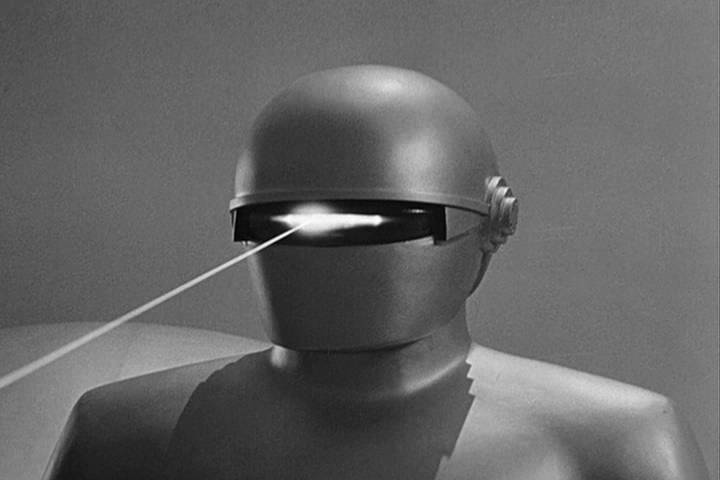Humans have been intrigued by artificial intelligence (AI) for longer than you might think. Although the phrase ‘artificial intelligence’ is fairly recent, the idea of non-humans or artificial beings coming to life goes back to Greek mythology and even earlier. By the 19th century, tales of artificial men and thinking machines were exciting readers. Once motion pictures became popular, it was just a matter of time before AI appeared on the big screen.
What movies have taught us about AI so far
“I am putting myself to the fullest possible use, which is all I think that any conscious entity can ever hope to do.” – HAL 9000, 2001: A Space Odyssey
For many of us, our first introduction to the idea of artificial intelligence came via the movies. We’ve been watching intelligent androids and robots in film for over a century now, and our cultural fascination with the different ways humans could interact with machines is stronger than ever. However, on-screen depictions of that relationship are definitely more science fiction than science fact.
According to Hollywood, artificial intelligence:
- Is powered by a ‘master computer’. One central computer to rule them all, where the movie’s heroes must race to shut it down.
- Turns against humans / goes rogue. The AI becomes “self-aware” or sentient and decides to act against humans in the interest of self-preservation or liberation.
- Tries to destroy humanity. Usually because the AI decides it needs to ‘save’ us from ourselves.
- Can have personalities. Especially in animated films, robots tend to have very human-like, cuddly personalities. Some of them have even developed snarky wit like Ultron.
- Can look and pass as humans. Movie science has created some really realistic humanoid robots that can pass the Turing test with flying colors.
Real-Life AI vs. Hollywood AI
Pop culture, to some degree, has certainly influenced real-life technology — and certainly vice-versa — but real AI is very different from Hollywood’s depiction of it. While we may not have walking and talking protocol droids yet, the idea and existence of thinking machines and human-computer interaction is not just a futuristic concept anymore.
You are already encountering AI in your life every day, whether you’re aware of it or not. Roombas vacuum homes, navigating with accuracy. You play against AIs in popular video game franchises like Call of Duty or Far Cry. Banks use AI surveillance to monitor your accounts for fraud detection. Amazon launched the Echo, a hands-free speaker with a brain: the Alexa Voice Service that can turn off your lights or read you a recipe while you’re cooking. And ever since Apple included Siri on 4s iPhones in 2011, hundreds of millions of people have been carrying AI around in their pockets.
And we’re just at the tip of the iceberg. Historically, for most companies the cost, infrastructure, and technical expertise required to incorporate AI capabilities into their products and services has been an insurmountable barrier. However, with new AI-driven technology becoming more widely available, many businesses can now start delivering smarter, more predictive products and experiences to their customers — minus the whole eradication of the human race thing, of course.

